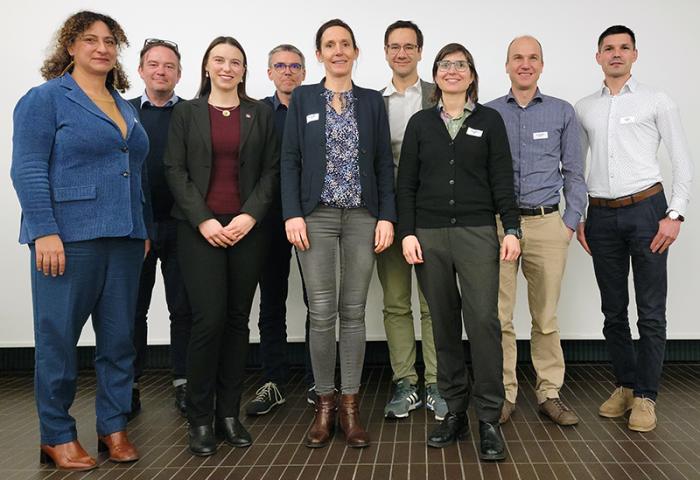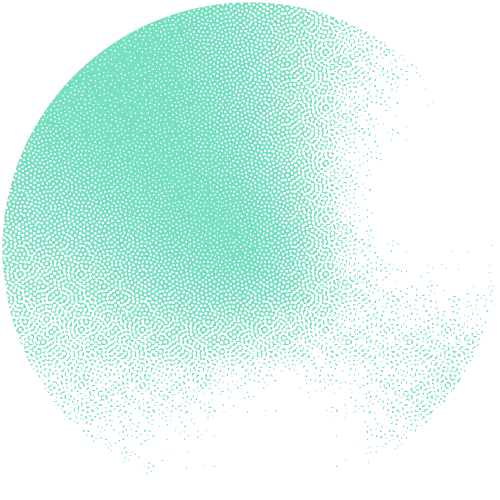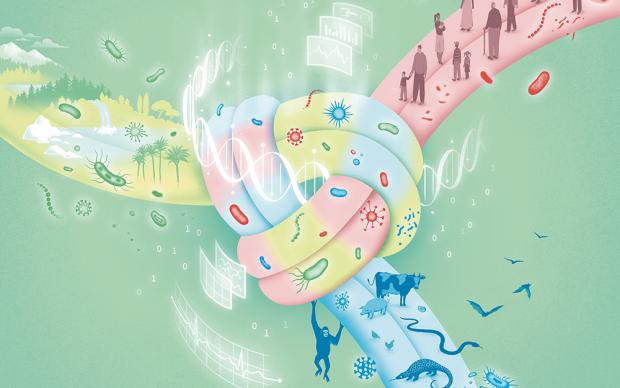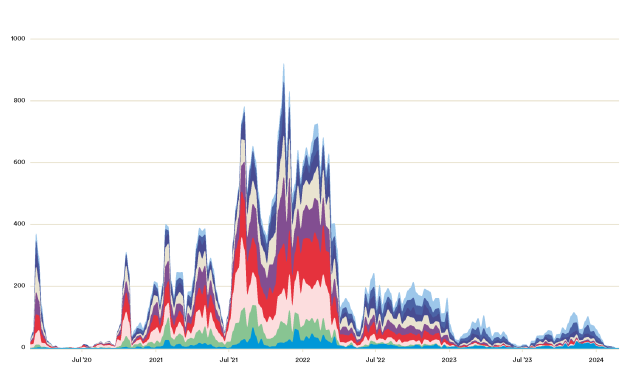Next steps for epidemic and pandemic preparedness after COVID-19 were outlined by public health, bioinformatics and microbiology experts – including from the World Health Organization (WHO) and Swiss Federal Office of Public Health (FOPH) – at a recent symposium in Bern. The high-level event celebrated the launch of SIB’s Centre for Pathogen Bioinformatics, which aims to reinforce the genomic surveillance of current, and any future, pathogens of concern. Key areas of work include strengthening bioinformatics infrastructures, expanding to new pathogens and enhancing multistakeholder collaboration in Switzerland and globally.
Genomic surveillance still crucial in a post-COVID world
The event highlighted the incredible advances in pathogen sequencing and bioinformatics capacity driven by COVID-19 – including in many resources developed by SIB Groups. This new era of genomic surveillance underpinned the unprecedented speed of public health and biomedical responses to tackle the pandemic.
Even with the crisis now over, genomic surveillance remains central to public health efforts. The continued monitoring of SARS-CoV-2 variants and ‘regular’ epidemics like seasonal influenza viruses in clinical and wastewater samples informs, for example, the development of updated vaccines. The event speakers also underscored the vital need for quick, efficient responses to new infectious disease outbreaks and pandemic threats.
Key challenges for moving from ad hoc pandemic efforts to stable ‘peacetime’ surveillance systems that remain crisis-ready include:
- ensuring the sustainability and scalability of bioinformatics infrastructures;
- improving coordination and collaboration across multiple actors, at national and international levels;
- continually integrating the latest research advances into bioinformatics tools and resources.
SIB’s new Centre for Pathogen Bioinformatics is ideally placed to drive this transition.

Symposium speakers. Left to right: Homa A. Cohen (WHO, Switzerland), Morten Rasmussen (Statens Serum Institut, Denmark), Emma Hodcroft (Swiss Tropical and Public Health Institute, SIB), Niko Beerenwinkel (ETH Zürich, SIB), Tanja Stadler (ETH Zürich, SIB), Christophe Dessimoz (SIB Executive Director), Aitana Neves (SIB, Managing Director of the Centre), Richard Neher (University of Basel, SIB), Urs Mayr (FOPH, Switzerland); not present: Tim Julian (EAWAG, Switzerland)
The launch of the Centre for Pathogen Bioinformatics was widely covered in the Swiss press, including:
- RTS – multimedia interviews with the Centre’s Managing Director, Aitana Neves, and SIB Executive Director Christophe Dessimoz (French)
- Le Temps – interview with Aitana Neves (French)
- 24 heures – interview with Aitana Neves (French)
- La Liberté – interview with Aitana Neves (French)
- Tages Anzeiger – interview with Aitana Neves (German)
- Radio SRF 1 / Echo der Zeit – interview with Aitana Neves and Christophe Dessimoz (German)
Strengthening infrastructures for sustainable genomic surveillance
The Centre federates key resources for storing, analysing, sharing, visualizing and interpreting high-quality pathogen genomic data developed or co-developed within SIB’s national network for tackling COVID-19. These currently comprise the Swiss Pathogen Surveillance Platform (SPSP), Nextclade, Nextstrain, covSPECTRUM, CoVariants, V-pipe and Loculus – whose vital roles during the pandemic were highlighted during the event.
The launch of the Centre for Pathogen Bioinformatics was widely covered in the Swiss press, including:
- RTS – multimedia interviews with the Centre’s Managing Director, Aitana Neves, and SIB Executive Director Christophe Dessimoz (French)
- Le Temps – interview with Aitana Neves (French)
- 24 heures – interview with Aitana Neves (French)
- La Liberté – interview with Aitana Neves (French)
- Tages Anzeiger – interview with Aitana Neves (German)
- Radio SRF 1 / Echo der Zeit – interview with Aitana Neves and Christophe Dessimoz (German)
Bringing these resources together under a common mission will foster their long-term maintenance and optimization. This includes by consolidating, integrating and developing resources in a strategic manner, leveraging synergies between different SIB Groups, and opening opportunities for common funding.
The Centre will also ensure the continued relevancy of surveillance systems by expanding resources to include additional pathogens of concern. Such efforts are already underway for antimicrobial-resistant bacteria, influenza viruses, and foodborne pathogens such as listeria.
Fostering national and global collaboration for data sharing
SIB’s contributions to pathogen surveillance sit within a rich landscape of actors – from national data providers such as university hospitals, to government authorities for public and animal health, to international databases and consortia. The Centre for Pathogen Bioinformatics will build on these collaborations to create an interconnected and synergistic ecosystem of Swiss tools and infrastructures, aligned to international standards.
Among other benefits, this will facilitate the sharing of pathogen data – which the event speakers highlighted as central to efficient and timely epidemic and pandemic control. Two initial projects include:
- FAIRification of pathogen bioinformatics resources, to increase interoperability and provide an integrated system for analysis and sharing of pathogen genomic data;
- leading the Pathogen Data Network, a global consortium aiming to provide infrastructure, tools, training, outreach and support to FAIR infectious-diseases data sharing and reuse of diverse biodata types.
Keeping pace with new scientific advances
The Centre is also closely connected to scientists and research institutions. The steering board comprises the leaders of SIB Groups which developed the seven resources, and the advisory board consists of national and international infectious disease experts – including from the WHO’s International Pathogen Surveillance Network and the US Center for Disease Control. All interested SIB members can also contribute through a dedicated focus group.
This wide pool of expertise will enable genomic surveillance systems to respond to emerging new pathogens and variants, by ensuring the latest knowledge and advances are integrated into the Centre’s resources. It will also ensure Switzerland remains at the cutting edge of pathogen bioinformatics research.















